SamsungSmartTvSdkInstall › Project~TwitterLibraries › CognitiveDissonanceTheory › NetworkNeutrality › SmartTv › Project~CastingDigitalCharacter/Manuscript
Difference between r1.17 and the current
@@ -1,7 +1,29 @@
#title Casting Digital Character Manuscript [[TableOfContents]]
== 시작 ==
== 서론 ==
영화에 있어서 캐릭터형성은 (character development) 스크립트를 (대본?) 쓰는 극작가의 몫이다. 영화의 스토리라인 혹은 구성을 (플롯) 에서 베어나오도록, 혹은 캐릭터에 대한 자세한 묘사를 통해서 부각되도록 하는 방법으로 만들어진다. 이렇게 형성된 캐릭터를 소화할 수 있는 배우를 섭외하는 과정을 캐스팅이라고 하는데, 극작가의 이야기 서술 구조와 캐릭터 묘사를 바탕으로 이를 가장 잘 소화할 수 있을 것 같은 배우에게 그 역을 맞기는 것이다. 흔히 언급되는 '훌륭한 배우'는 스크립트의 전체적인 이해를 바탕으로 해당 인물의 캐릭터를 적절하게 소화해 내는 능력이 뛰어난 배우를 말한다고 하겠다.
최근에 3D 애니메이션 기술의 발전으로 상당량의 영화제작물은 3D로 (혹은 2D) 애니메이션의 형태로 제작이 되고 있다. 애니메이션 또한 영화와 다르지 않아서 등장인물의 캐릭터에 대한 판단에 따라서 적절한 외모와 감정을 표출하는 인물이 필요하다. 그러나, 일반 영화와 달리 해당 인물은
디지털캐릭터란
Animation::
라틴어인 ''anima''는 살아있는 존재, 영혼, 그리고 감정을 뜻한다.
그리스어인 ''anemos''는 혹흡 혹은 숨결(입김)을 의미한다.
animation은 위의 두 단어에서 파생된 단어로 ''실제로나 혹은 그래픽으로 움직이는 것''을 지칭한다.
--
디지털캐릭터::
컴퓨터기술을 이용하여 생명력을 부여한 움직이는 존재라고 (animated entity) 할 수 있으며
디지털캐릭터는 영화, 텔레비전, 인터액티브 미디어 기술 혹은 (대부분은) 비디오 게임 등에서 언급되고 있다.
간단하게는 특정 소프트웨어에 저장된 것을 가져다 사용하기도 하며, 특별히 원하는 효과나 결과를 얻기 위해서 개발된 소프트웨어를 사용하기도 한다.
디지털캐릭터는 종종, ''Digital actors'', ''virtual actor'', ''vactors'', ''synthespians'' 등으로 불리기도 한다.
아바타는 상호작용이 가능한 시스템에서 게임플레이어 혹은 인터액티브 시스템의 거주자를 대리하는 존재의 뜻으로 변화하여 왔기에 디지털캐릭터와는 성격이 다르다.
--
디지털캐릭터와 ''디지털창조물(creature)''의 차이::
디지털캐릭터와 디지털창조물 또한 서로 다르게 쓰이는데, 후자는 주로 감정의 섬세한 표현이 필요없고, 행동이 일관적인 생물에 사용되는 경향이 있으며, 후자는 섬세한 감정과 심리적 영향에 의해서 미묘한 행동의 변화등이 필요한 개체에 사용되는 경향이 있다. 사람을 죽이고 마는 고릴라라면 디지털창조물이라고 할 수 있겠지만, 사람을 죽이지만, 영화의 한 여성에게 사랑을 느끼는 고릴라라면 디지털캐릭터라고 하겠다. 이 둘은 개발자가 얼마나 많은 노력을 쏟았는가; 스크린타임을 얼마나 차지하는가 등에 따라서 달라진다.
영화제작에서 캐스팅의 중요성에 대한
@@ -11,6 +33,9 @@
연구 문제점:: 아래 4개의 statement는 이야기(stroy-telling)에 있어서 캐릭터를 어떻게 만드느냐는가에 대한 과정과 설명. 여기서 중요한 것은 독자(시청자, 사용자)로 하여금 캐릭터를 어떻게 보도록 할 것인가가 "stroy-line" 혹은 plot에 의해서 좌우된다는 것. 그렇다면, 3D 애니메이션에서 '''캐릭터 외형'''의 선택이 '''캐릭터 발전''' (어떻게 캐릭터를 만들것(발전시킬것)인가)에 얼마나 영향을 미칠 것인가. . . .
== Reference ==
Statement 1 :: (See [http://lillieammann.com/2009/06/08/creating-fictional-characters%E2%80%94part-1-characters-are-story-people/ Creating Fictional Characters—Part 1: Characters Are Story People]) Creating fictional character is about building a storyline. Writers usually identify themselves as '''character-driven''' or '''plot-drive'''. Writers for 3d animation movies also do the same thing. If characters are fully described and the writer has a certain image in his/her mind, drawing preliminary character would be a (somewhat) smooth process. If the writer focuses more on plot, there may be more room for tweaking the look of the character. However, both would be important: plot bears a certain type of character; characters (and their actions) evolve into events and plots. '''In real life characters are revealed; in fiction characters are created.'''
See also [[ISBN(0806139188)]] (Creating Characters: How to Build Story People)
@@ -49,3 +74,4 @@
[[Youtube(20alb2pVBPM)]]
[[Attachment(Mentalizing.jpg,width=550)]]
1. 서론 ¶
영화에 있어서 캐릭터형성은 (character development) 스크립트를 (대본?) 쓰는 극작가의 몫이다. 영화의 스토리라인 혹은 구성을 (플롯) 에서 베어나오도록, 혹은 캐릭터에 대한 자세한 묘사를 통해서 부각되도록 하는 방법으로 만들어진다. 이렇게 형성된 캐릭터를 소화할 수 있는 배우를 섭외하는 과정을 캐스팅이라고 하는데, 극작가의 이야기 서술 구조와 캐릭터 묘사를 바탕으로 이를 가장 잘 소화할 수 있을 것 같은 배우에게 그 역을 맞기는 것이다. 흔히 언급되는 '훌륭한 배우'는 스크립트의 전체적인 이해를 바탕으로 해당 인물의 캐릭터를 적절하게 소화해 내는 능력이 뛰어난 배우를 말한다고 하겠다.
최근에 3D 애니메이션 기술의 발전으로 상당량의 영화제작물은 3D로 (혹은 2D) 애니메이션의 형태로 제작이 되고 있다. 애니메이션 또한 영화와 다르지 않아서 등장인물의 캐릭터에 대한 판단에 따라서 적절한 외모와 감정을 표출하는 인물이 필요하다. 그러나, 일반 영화와 달리 해당 인물은
디지털캐릭터란
- Animation
라틴어인 anima는 살아있는 존재, 영혼, 그리고 감정을 뜻한다.
그리스어인 anemos는 혹흡 혹은 숨결(입김)을 의미한다.
animation은 위의 두 단어에서 파생된 단어로 실제로나 혹은 그래픽으로 움직이는 것을 지칭한다.
- 디지털캐릭터
컴퓨터기술을 이용하여 생명력을 부여한 움직이는 존재라고 (animated entity) 할 수 있으며
디지털캐릭터는 영화, 텔레비전, 인터액티브 미디어 기술 혹은 (대부분은) 비디오 게임 등에서 언급되고 있다.
간단하게는 특정 소프트웨어에 저장된 것을 가져다 사용하기도 하며, 특별히 원하는 효과나 결과를 얻기 위해서 개발된 소프트웨어를 사용하기도 한다.
디지털캐릭터는 종종, Digital actors, virtual actor, vactors, synthespians 등으로 불리기도 한다.
아바타는 상호작용이 가능한 시스템에서 게임플레이어 혹은 인터액티브 시스템의 거주자를 대리하는 존재의 뜻으로 변화하여 왔기에 디지털캐릭터와는 성격이 다르다.
- 디지털캐릭터와 디지털창조물(creature)의 차이
디지털캐릭터와 디지털창조물 또한 서로 다르게 쓰이는데, 후자는 주로 감정의 섬세한 표현이 필요없고, 행동이 일관적인 생물에 사용되는 경향이 있으며, 후자는 섬세한 감정과 심리적 영향에 의해서 미묘한 행동의 변화등이 필요한 개체에 사용되는 경향이 있다. 사람을 죽이고 마는 고릴라라면 디지털창조물이라고 할 수 있겠지만, 사람을 죽이지만, 영화의 한 여성에게 사랑을 느끼는 고릴라라면 디지털캐릭터라고 하겠다. 이 둘은 개발자가 얼마나 많은 노력을 쏟았는가; 스크린타임을 얼마나 차지하는가 등에 따라서 달라진다.
- 디지털캐릭터의 정의와 분류
- 디지털캐릭터 디자인의 정의와 분류
- 연구 문제점
- 아래 4개의 statement는 이야기(stroy-telling)에 있어서 캐릭터를 어떻게 만드느냐는가에 대한 과정과 설명. 여기서 중요한 것은 독자(시청자, 사용자)로 하여금 캐릭터를 어떻게 보도록 할 것인가가 "stroy-line" 혹은 plot에 의해서 좌우된다는 것. 그렇다면, 3D 애니메이션에서 캐릭터 외형의 선택이 캐릭터 발전 (어떻게 캐릭터를 만들것(발전시킬것)인가)에 얼마나 영향을 미칠 것인가. . . .
2. Reference ¶
- Statement 1
- (See
![[http]](/imgs/http.png) Creating Fictional Characters—Part 1: Characters Are Story People) Creating fictional character is about building a storyline. Writers usually identify themselves as character-driven or plot-drive. Writers for 3d animation movies also do the same thing. If characters are fully described and the writer has a certain image in his/her mind, drawing preliminary character would be a (somewhat) smooth process. If the writer focuses more on plot, there may be more room for tweaking the look of the character. However, both would be important: plot bears a certain type of character; characters (and their actions) evolve into events and plots.
Creating Fictional Characters—Part 1: Characters Are Story People) Creating fictional character is about building a storyline. Writers usually identify themselves as character-driven or plot-drive. Writers for 3d animation movies also do the same thing. If characters are fully described and the writer has a certain image in his/her mind, drawing preliminary character would be a (somewhat) smooth process. If the writer focuses more on plot, there may be more room for tweaking the look of the character. However, both would be important: plot bears a certain type of character; characters (and their actions) evolve into events and plots.
In real life characters are revealed; in fiction characters are created.
See also![Amazon:ISBN-0806139188 [ISBN-0806139188]](http://images.amazon.com/images/P/0806139188.01.MZZZZZZZ.gif) (Creating Characters: How to Build Story People)
(Creating Characters: How to Build Story People)
You start from a foundation of your fantasies and feelings. Because the character you can’t fantasize and feel with will fail. . . .
Just as in real life, we form dominant impressions of characters based on what we see:
- Sex – woman, man, girl, boy
- Age – young, old, 18-years-old, baby, teenager
- Vocation – doctor, nurse, housewife, bag lady, construction worker, lawyer
- Manner – surly, bubbly, sloppy, friendly, pompous, fun-loving
- Sex – woman, man, girl, boy
- Statement 2
- The character ... is settled down with the point of view (thorough the eyes of another person, through dialogue, through actions, through inner thoughts, etc.).
- Statement 3
- Creating characters is building tags, traits, and relationships. The basics were (1) gender, (2) age, (3) vocation, (4) manner. In addition to them, appearance, lifestyle, habits, beliefs, history, memories, membership, motivation and goals, relationships with other types of people, etc. are needed.
- Statement 4
- Putting right kinds of words in their mouths is important.
3. 문헌고찰 ¶
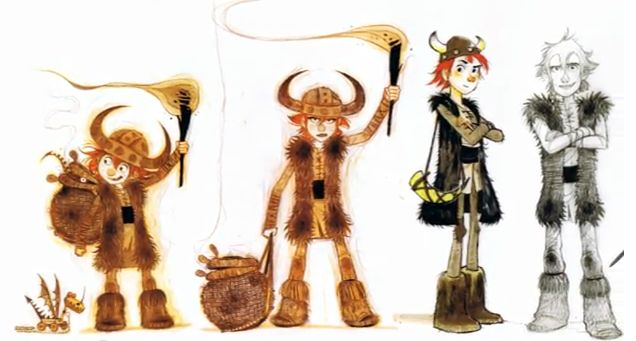
[JPG image (36.11 KB)]
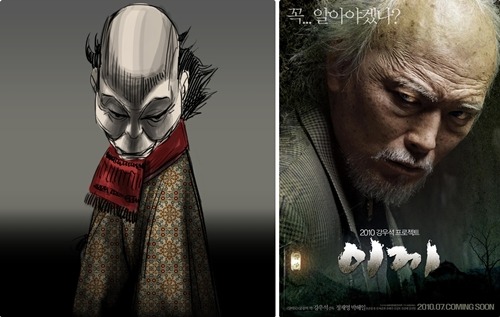
[JPG image (45.39 KB)]
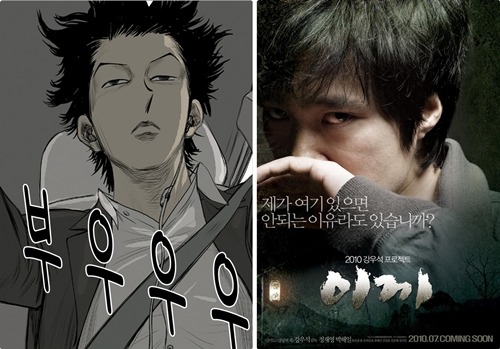
[JPG image (59.96 KB)]
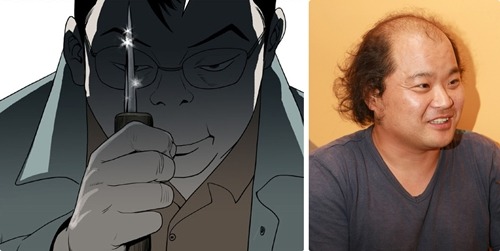
[JPG image (30.87 KB)]
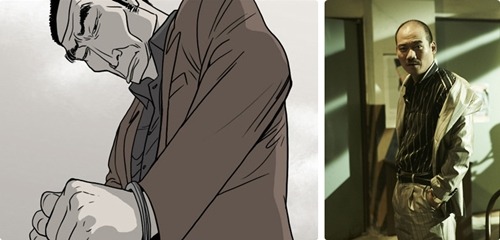
[JPG image (33.45 KB)]

[JPG image (41.86 KB)]
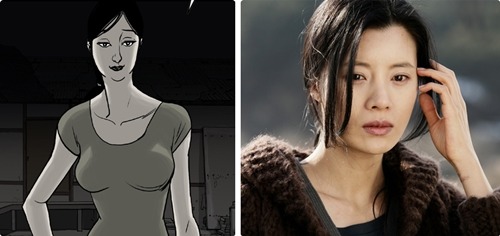
[JPG image (31.34 KB)]
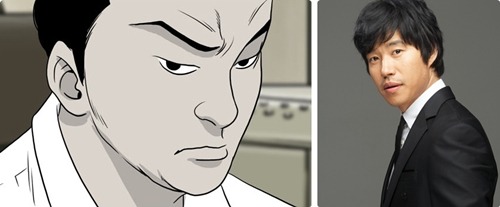
[JPG image (22.84 KB)]
http://cfile27.uf.tistory.com/image/1935F3154BE52721012F37
http://cfile1.uf.tistory.com/image/1251D6174BE526D42E1598
http://cfile29.uf.tistory.com/image/1351D6174BE526D42FF428
http://cfile26.uf.tistory.com/image/1351D6174BE526D530D07E
http://cfile29.uf.tistory.com/image/1451D6174BE526D53123A1
http://cfile10.uf.tistory.com/image/1651D6174BE526D6327917
http://cfile9.uf.tistory.com/image/1751D6174BE526D633AB56
Youtube(20alb2pVBPM)
http://cfile1.uf.tistory.com/image/1251D6174BE526D42E1598
http://cfile29.uf.tistory.com/image/1351D6174BE526D42FF428
http://cfile26.uf.tistory.com/image/1351D6174BE526D530D07E
http://cfile29.uf.tistory.com/image/1451D6174BE526D53123A1
http://cfile10.uf.tistory.com/image/1651D6174BE526D6327917
http://cfile9.uf.tistory.com/image/1751D6174BE526D633AB56
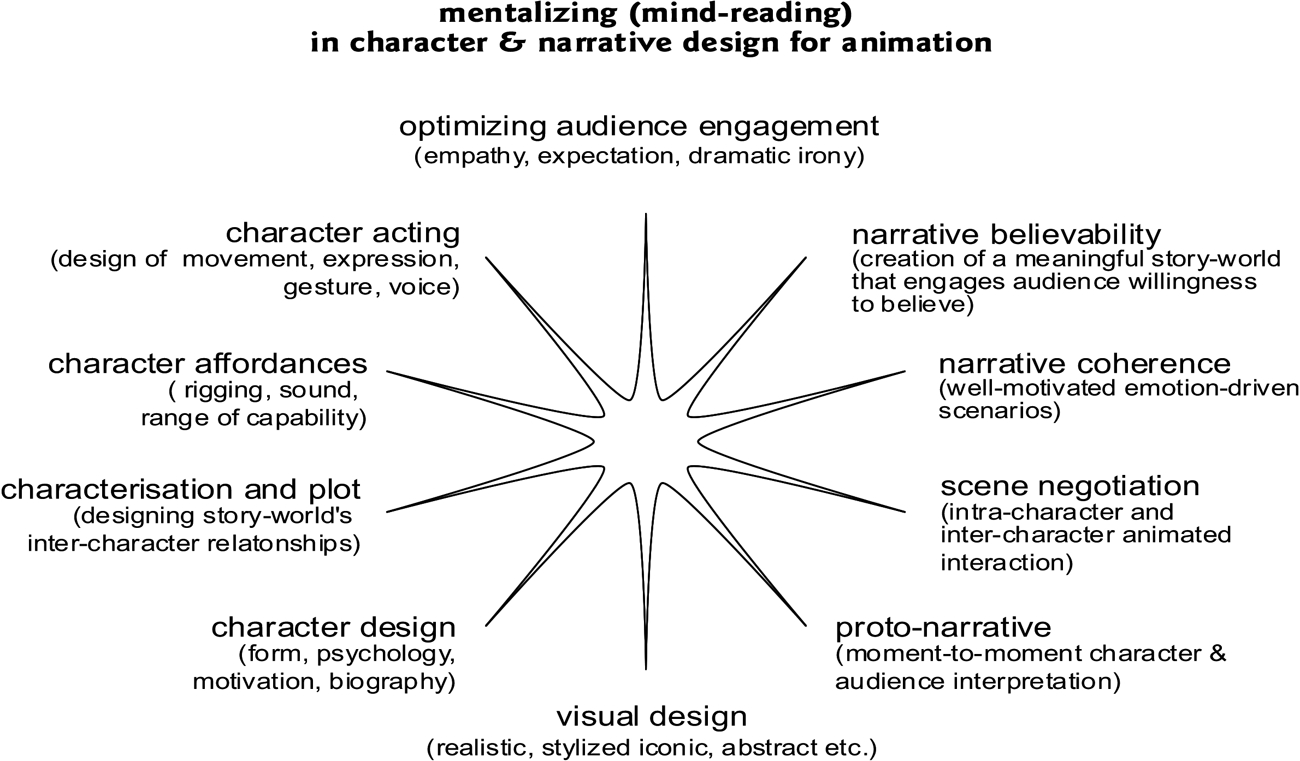
[JPG image (258.25 KB)]











